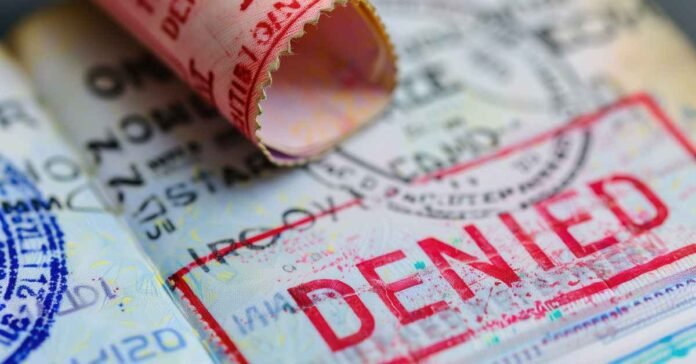The Trump administration’s latest travel ban went into effect this month, affecting travel from 19 countries. It bars entry to citizens of Afghanistan, Burma, Chad, Republic of the Congo, Equatorial Guinea, Eritrea, Haiti, Iran, Libya, Somalia, Sudan, and Yemen, and places significant visa restrictions on nationals of Burundi, Cuba, Laos, Sierra Leone, Togo, Turkmenistan, and Venezuela. Though it was justified as an effort to stem the movement of “foreign terrorists,” the blanket ban stands to have an outsized negative impact—not only upon those who will be denied refuge and opportunities in the US, but upon the eclectic sphere of art and culture that US foreign policy has long made possible.
Despite its ebbs and flows of isolationist policies, the United States has long been known on the world stage as providing refuge for many who are caught in political conflicts or war—from Europeans fleeing World War II, to Cubans escaping the Castro regime, to Sudanese “Lost Boys” escaping Civil War, to name a few. The result of such policies has imbued the country with a rich cultural heritage. While artists are not explicitly targeted by the new travel ban, they will nonetheless become ensnared in its extreme overreach. This will, in effect, deprive US audiences of access to valuable voices, and will further endanger international artists working under repressive conditions.
Many artists coming from the now-blacklisted countries have already contributed significantly to the cultural landscape of the US; excluding such artists now and for the indefinite future will compromise the country’s eclectic cultural landscape and its global influence.
Contemporary artist, Shirin Neshat, for example, came from Iran to the US on a student visa in 1975, and ended up emigrating after the Islamic Revolution. She has gone on to become a recognized and celebrated artistic luminary, showing work in revered institutions across the US and around the world and receiving multiple awards, including the 1999 International Award at the Venice Biennale, the 2009 Silver Lion Award at the Venice Film Festival, among many others. The Burmese poet and performance artist Saw Wai, who had been imprisoned in Myanmar in 2008 for his poem critical of the head of the military junta, has published three books of poems, and one book of satirical prose, and has received literary and activist awards from institutions such as Human Rights Watch, PEN America, and Oxfam. Ustad Mahwash, known as “the voice of Afghanistan,” is the country’s first female maestro, a title she earned in 1977. Though political turmoil led to her leaving the country shortly thereafter, she has since has performed in the United States and internationally, and is lauded as a “powerful vocalist and passionate champion of refined yet haunting music in the service of a peace-filled Afghanistan.” Had such a travel ban been in place when these artists sought refuge and/or opportunities in the United States, it’s quite possible that their artistic contributions might not have existed at all–much less made it to US audiences.
In conjunction with other measures taken by this administration, such as seemingly capricious detentions, attempted deportations on the basis of protected speech, and attacks on higher education, this limiting of artistic exchange risks diminishing the cultural richness of the country.
The destructive and overbroad measures of this administration are endangering the United States’ hard won global reputation as a haven of intellectual inquiry and artistic creation. The ability to attract intellectual and creative luminaries from around the world—from Marlene Dietrich, Marcel Duchamp, and Salvador Dali, to Shirin Neshat, Saw Wai, and Ustad Mahwash—has driven American global leadership. While some immigration and visa restrictions may indeed address national security, a blanket ban only impoverishes cultural and intellectual life in the United States.






